On the Subtle Art of the "Comp Card" and Managing Client Satisfaction
A full body shot that's a bit more than the standard shot of this type, adding in a bit of editorial and pizzazz, a bit of pre-modern and hypermodern Korean cultural elements, and a bit of the model's youthfulness. This was Zyon's favorite hanbok of the three the designer lent us.
The production of a comp card for an individual model as a client is a good metaphor for the way we produce content according to genre/industry standards yet try to push that content into a unique/edgy/attention-focusing direction. Done poorly, this can be seen as a dangerous thing to do, since they seem like contradictory goals: safe vs. too edgy/off-putting. Done right, it can be an opportunity to creatively expand on the limits of the imposed structure: we have to do headshots, but can we hit all the beats while making our client stand out? What elements do we have to work with to allow this? What limitations do we have? Whether a comp card for a model or an entire media campaign, this seeming tension or question is always there, ready to rear its head as either a hindrance or an opportunity. ICONOLOGY KOREA chooses to approach it as the latter.
This particular example project takes up the goal of pushing the boundaries of what is expected in industry-standard "comp cards" (model portfolios). As we execute our comp card service for individual clients, we intend to push the line of where the expected categories of shot types should fall as we push real creativity back into the process of making a comp card express the true personality of the client. Inevitably, this involves navigating the tension between conforming to the requirements of the genre while yet standing out from the crowd, without the card "jumping the shark." In this case, child actor Zyon Barretto had the task of constructing a more specialized and Korea- and industry-specific type of comp card for agencies already interested in casting her. One important caveat -- this comp card would exist to get her more acting work in South Korea and wasn't necessarily for still photo model work. And the card the Korean acting agencies wanted had 10-12 picture slots to fill, as opposed to a more standard 5-7.. So the card had to show her personality and range as an actor and not just be a collection of pretty shots, as standard modeling comp cards tend to be: headshot, medium, full body, and perhaps a bikini and editorial shot.
To be fair and even-handed about the critical way we are approaching the idea of the "standard industry comp card," we chose to pull the first example that came up in a search for "comp card example" in Google. We do not know Ms. Elsayed nor do we have any particular opinions about her work -- we just see this first Google hit as representative of the typical model comp card as Google suggests.
Some parameters and other key points that defined this project were:
Zyon's inexorable confidence, engaging personality, and obvious talent at modeling
we weren't concentrating too much on the standard headshots since we were making a card to round out existing headshots and supplement/update existing parts of the card
we were on an extremely tight, deadline-imposed schedule so we had to shoot portable and light, run-and-gun, with little room for planning location/setups
Mom wanted to keep the concepts age-appropriate
Zyon was excited about shooting with hanbok (traditional Korean dress), so we arranged a collaboration with two local hanbok designers
Towards this end, we did a few insurance headshots that allowed Zyon's naturally bright personality to inevitably shine through, while using the bright/colorful environments such as a skate park, a claw machine (stuffed animal prize machines), and a video arcade to bring out her showy, funny side.The hanbok needed color and to interact with its immediate environment, just as Zyon did. The model's ability to adapt to any situation/environment enabled a kind of shooting that straddled/remixed genre categories or even reproduced them, such as with the headshot in the photo booth, or full body shots while sitting either in front of the popcorn machine or in the neon hallway. Standard comp card conventions such as a bikini/cocktail dress to show body shape was not only unwanted and inappropriate, but unnecessary because of the goals of the intended card. All in all, we were able to cover a wide range of looks from headshot to editorial, from staid and conservative western clothing to ethnic, traditional attire. And we mixed even across apparent dichotomies and boundaries for a fresher feel with the trendy sunglasses and edgy hanbok that itself defies Korean convention even as conforms to Korean conventions of color complementarity. And it happened to be Zyon's favorite hanbok in the project. SO, it all added uyp to a perfect storm of aesthetic and psychological dynamics that rsulted in just the right range of images and a high success rate with our shot concepts, with only one being somewhat of a bust. But our smaller size and logistical footprint combined with experience in getting things done quickly, efficiently, and cheaply by knowing the local cultural/spatial terrain resulted in an impressively efficient series of shoots and strong final product


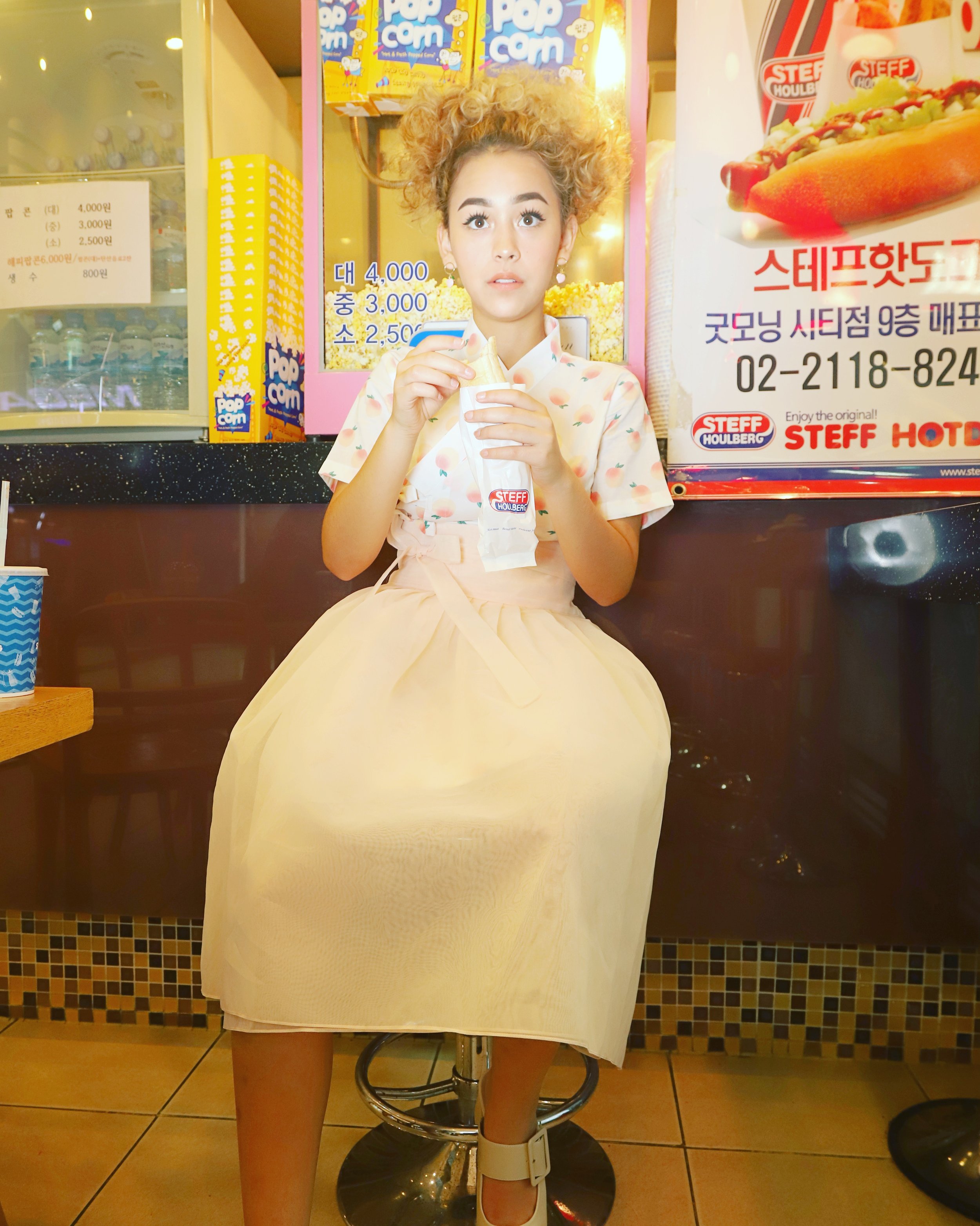



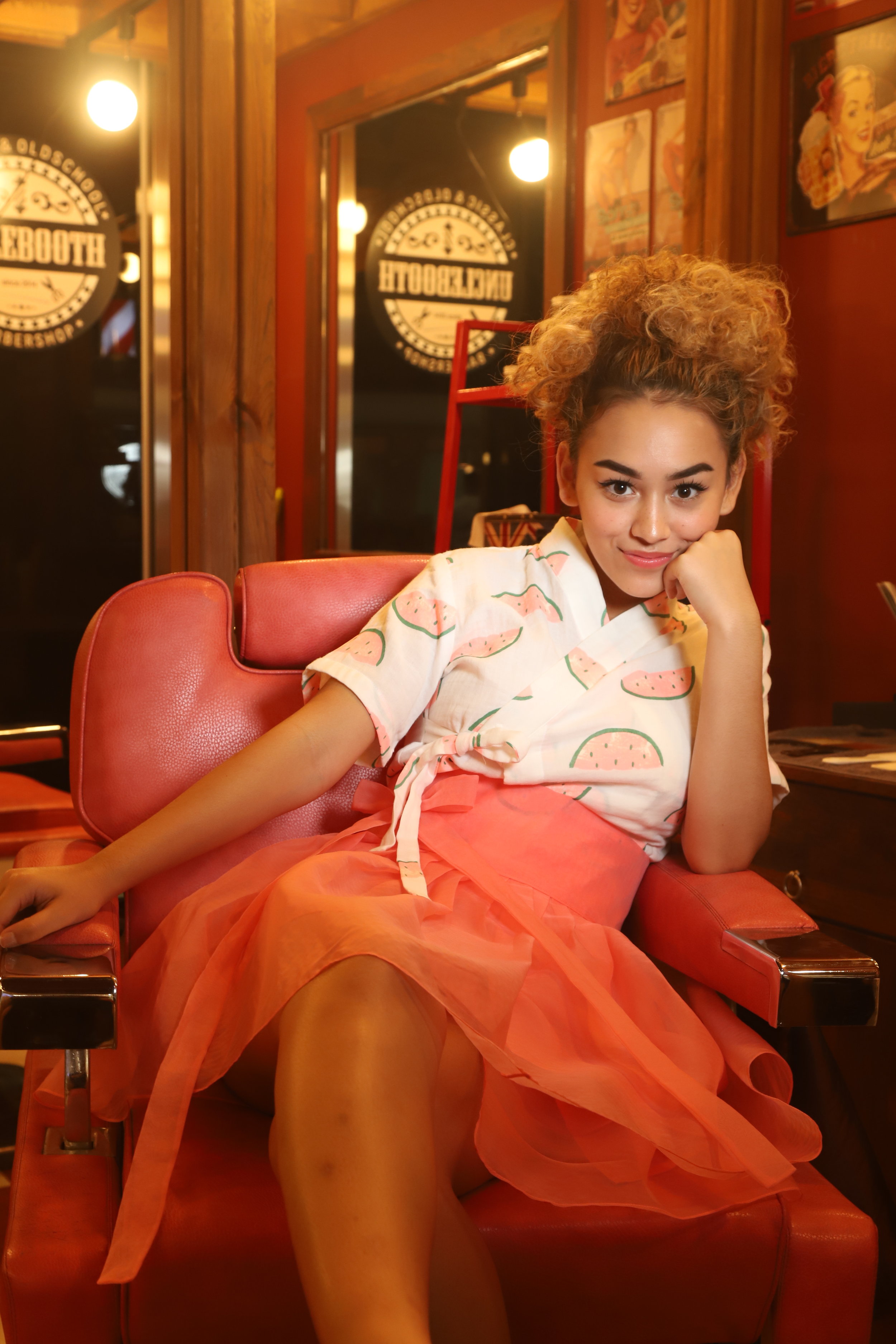
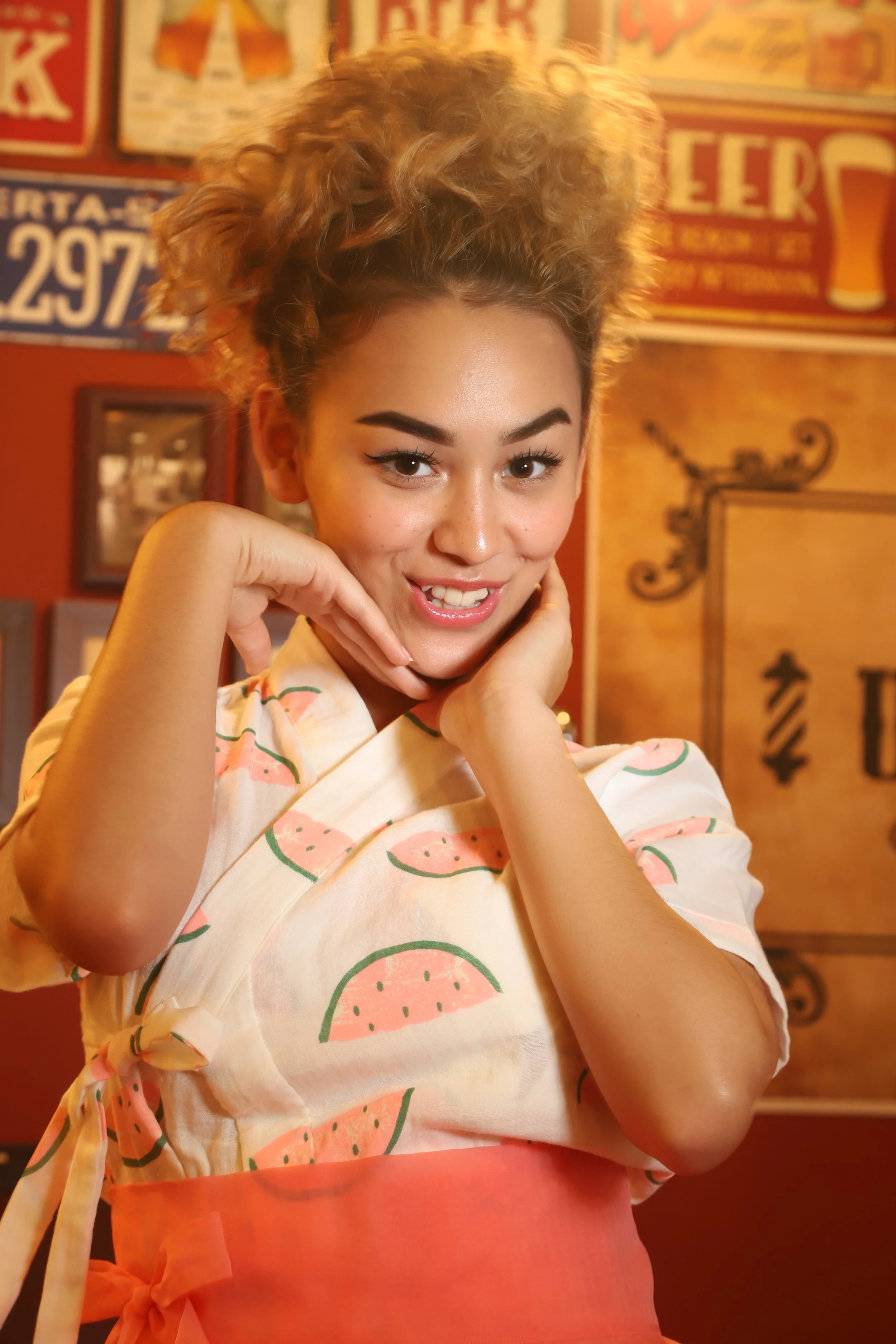
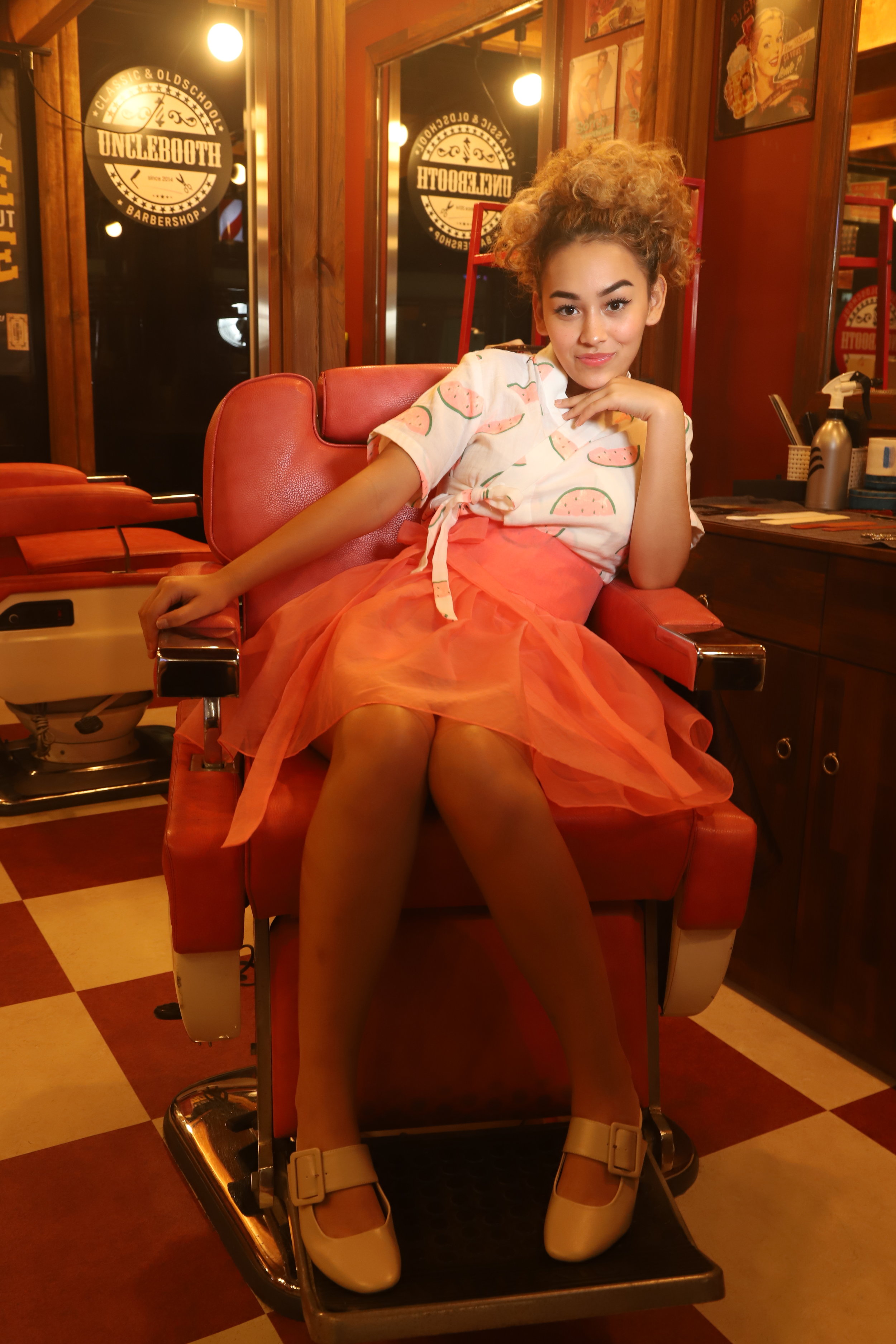
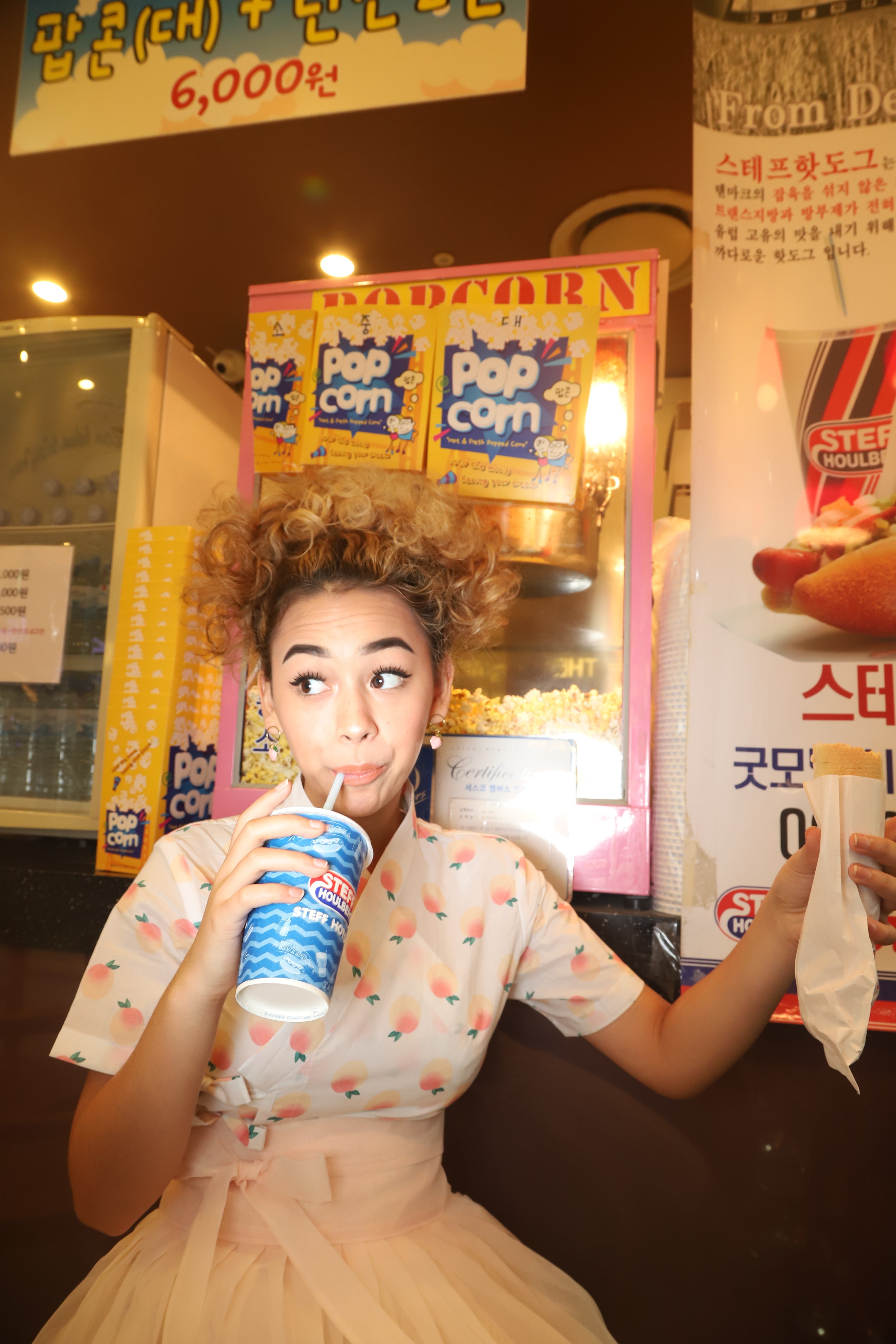
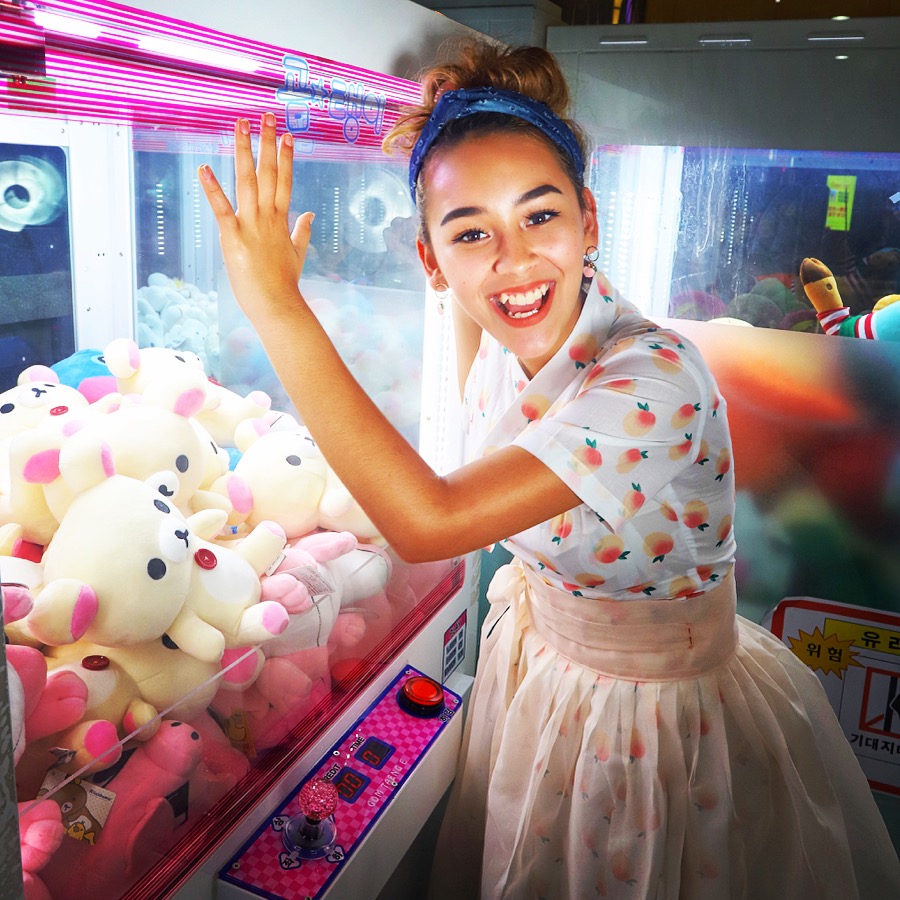
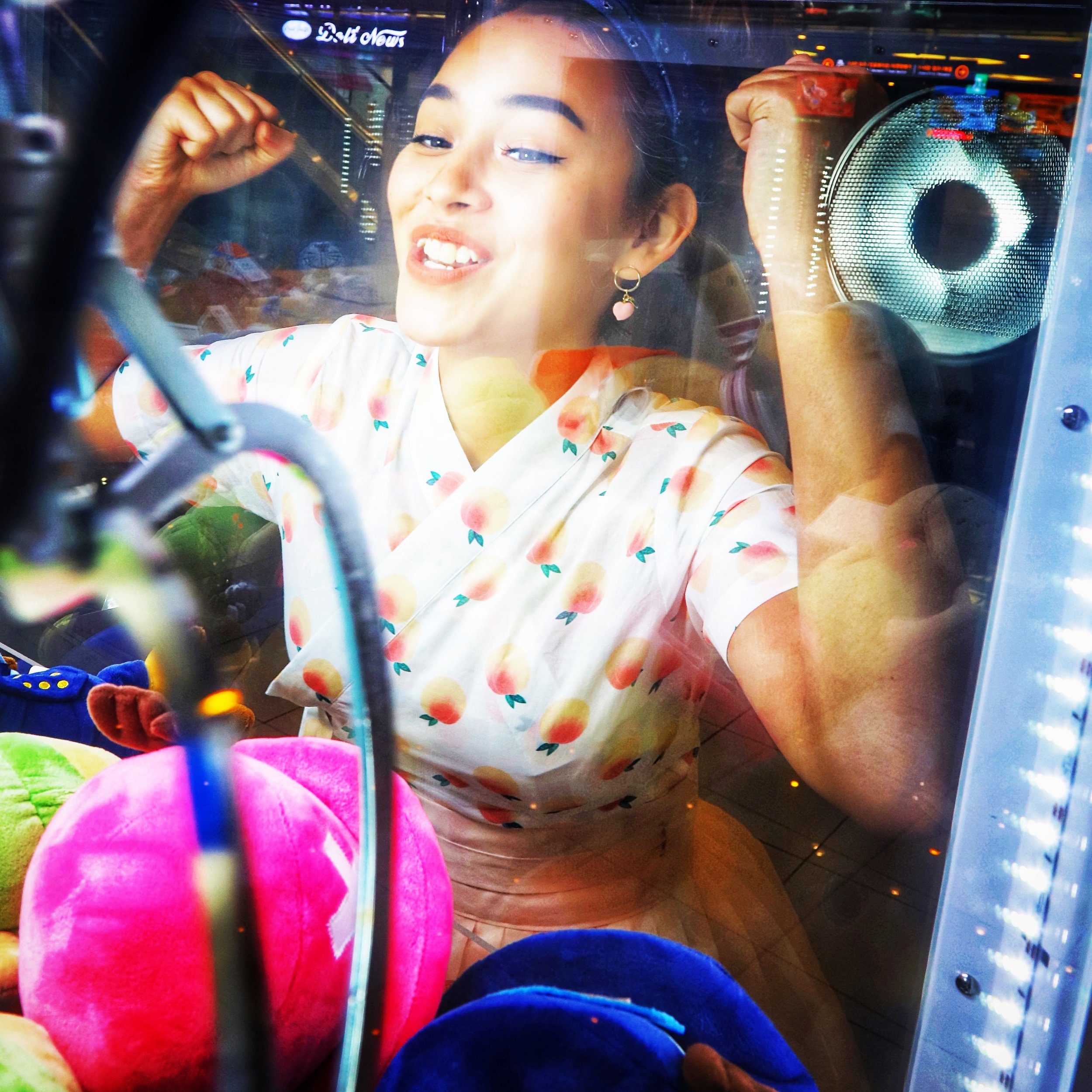
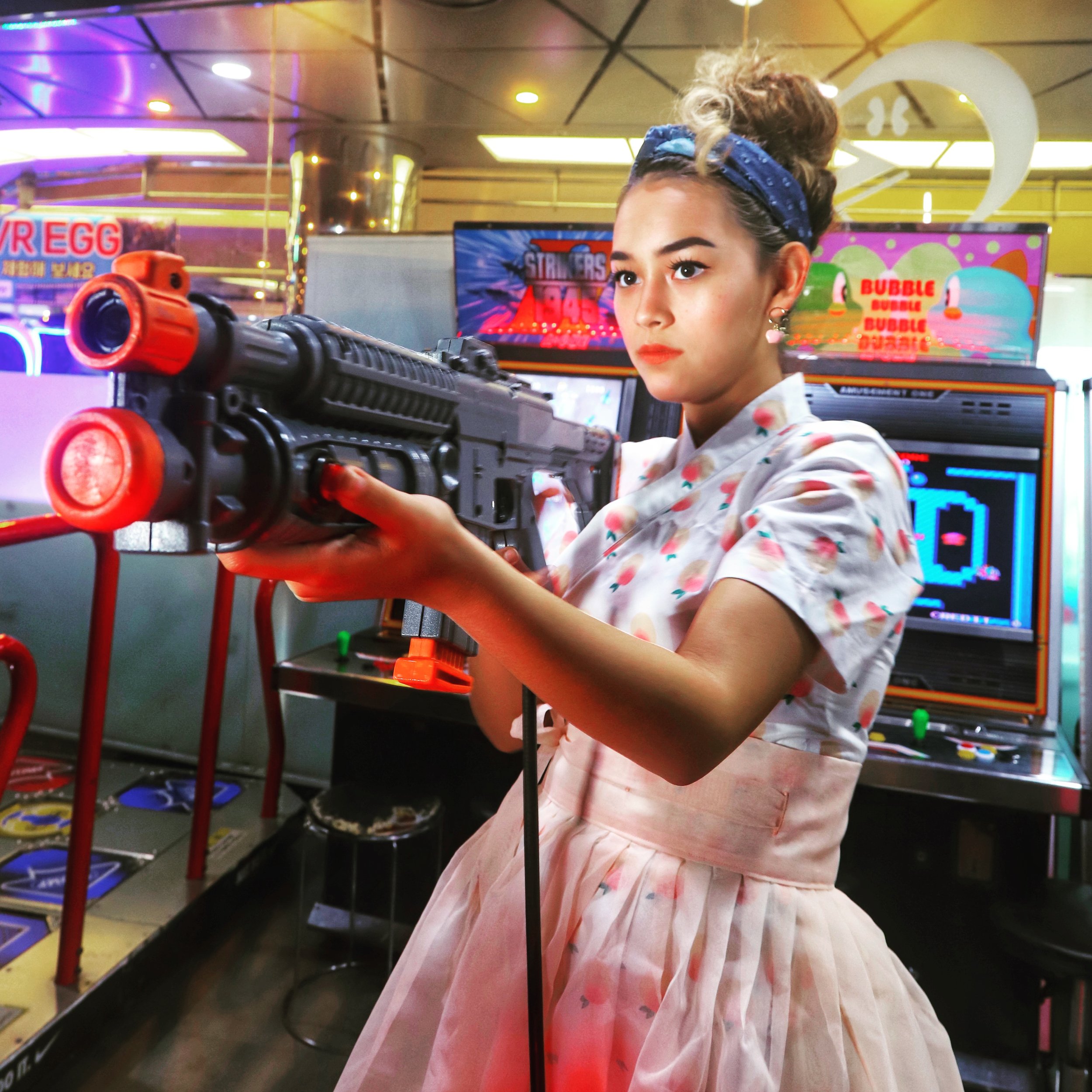
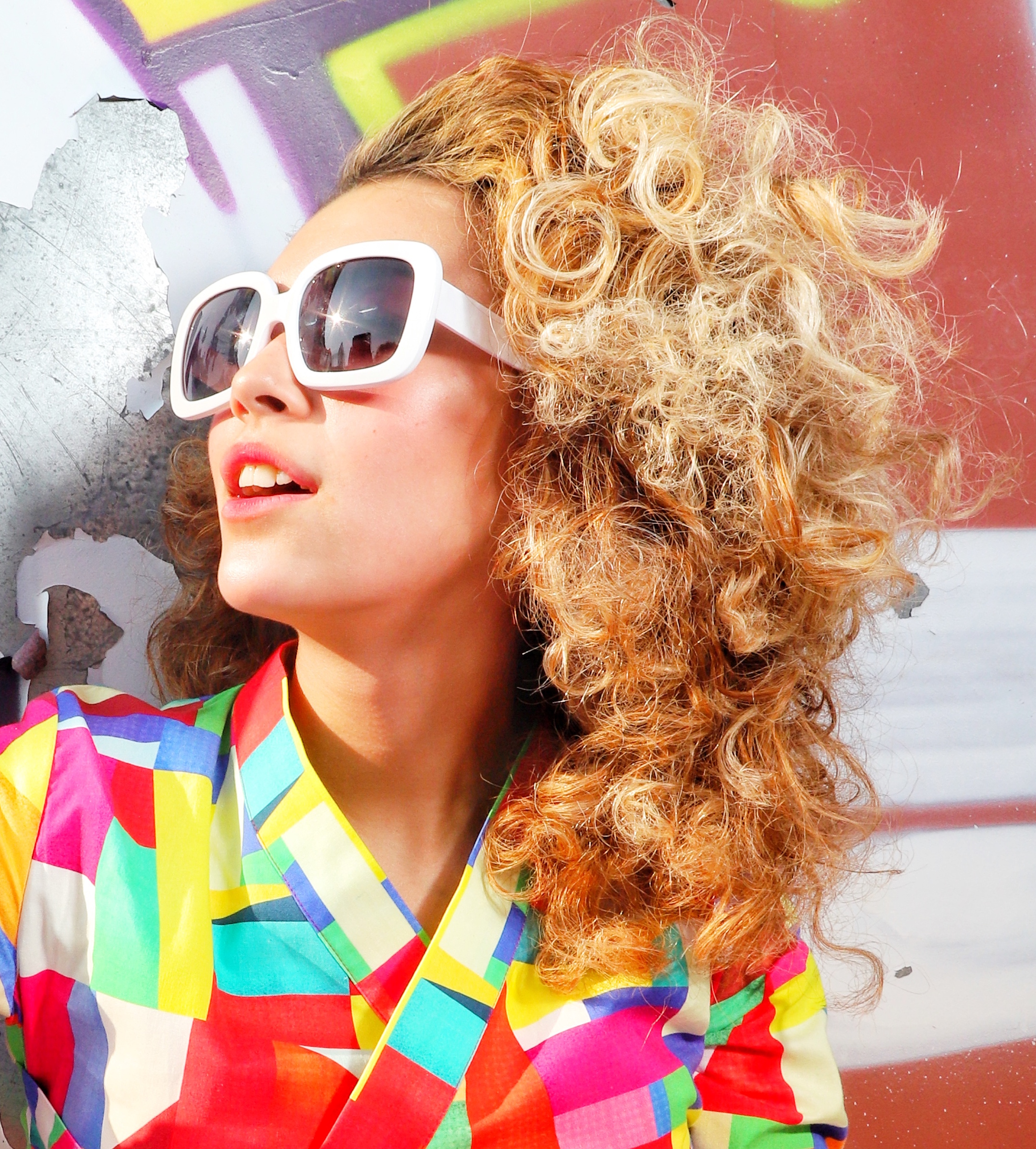
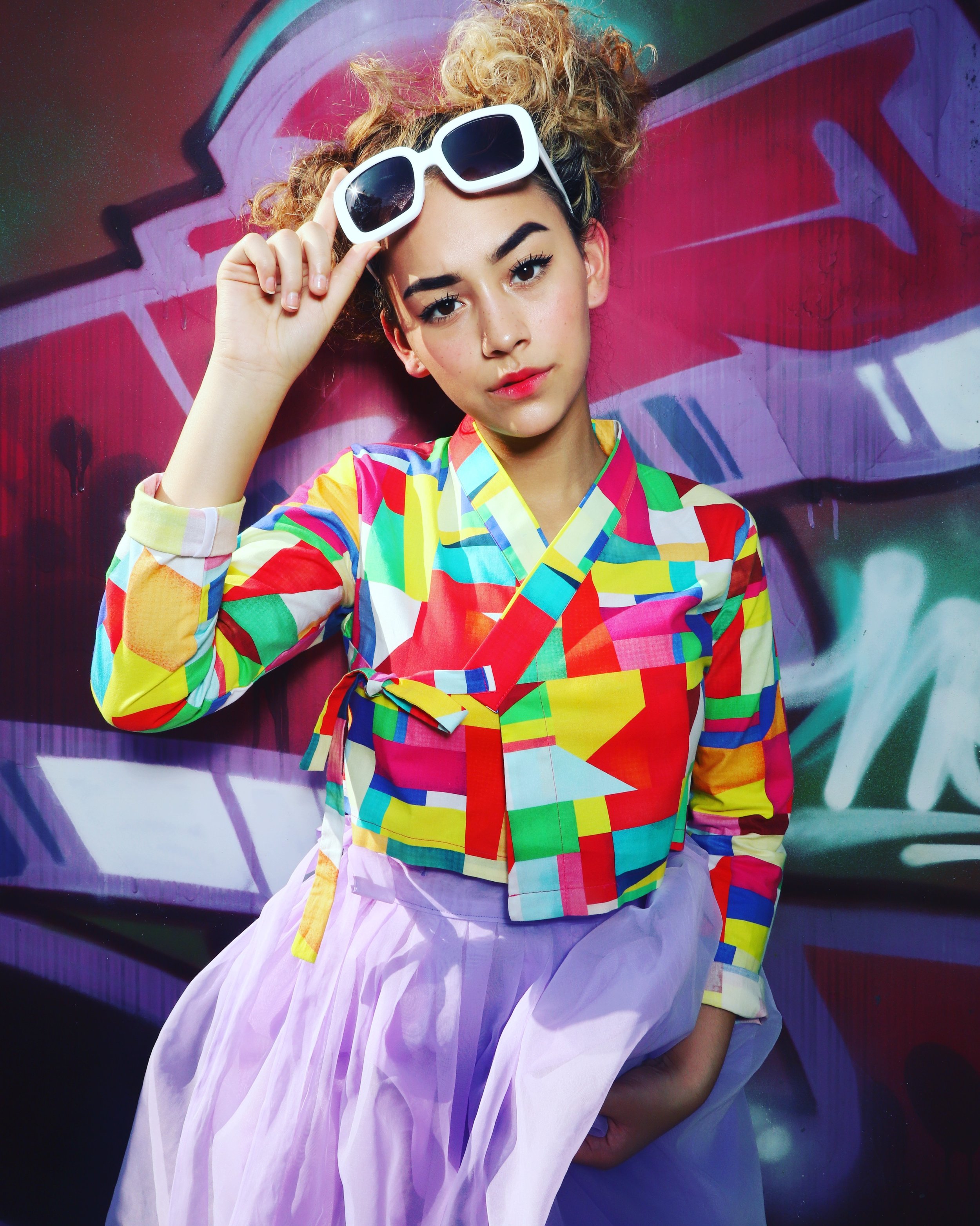
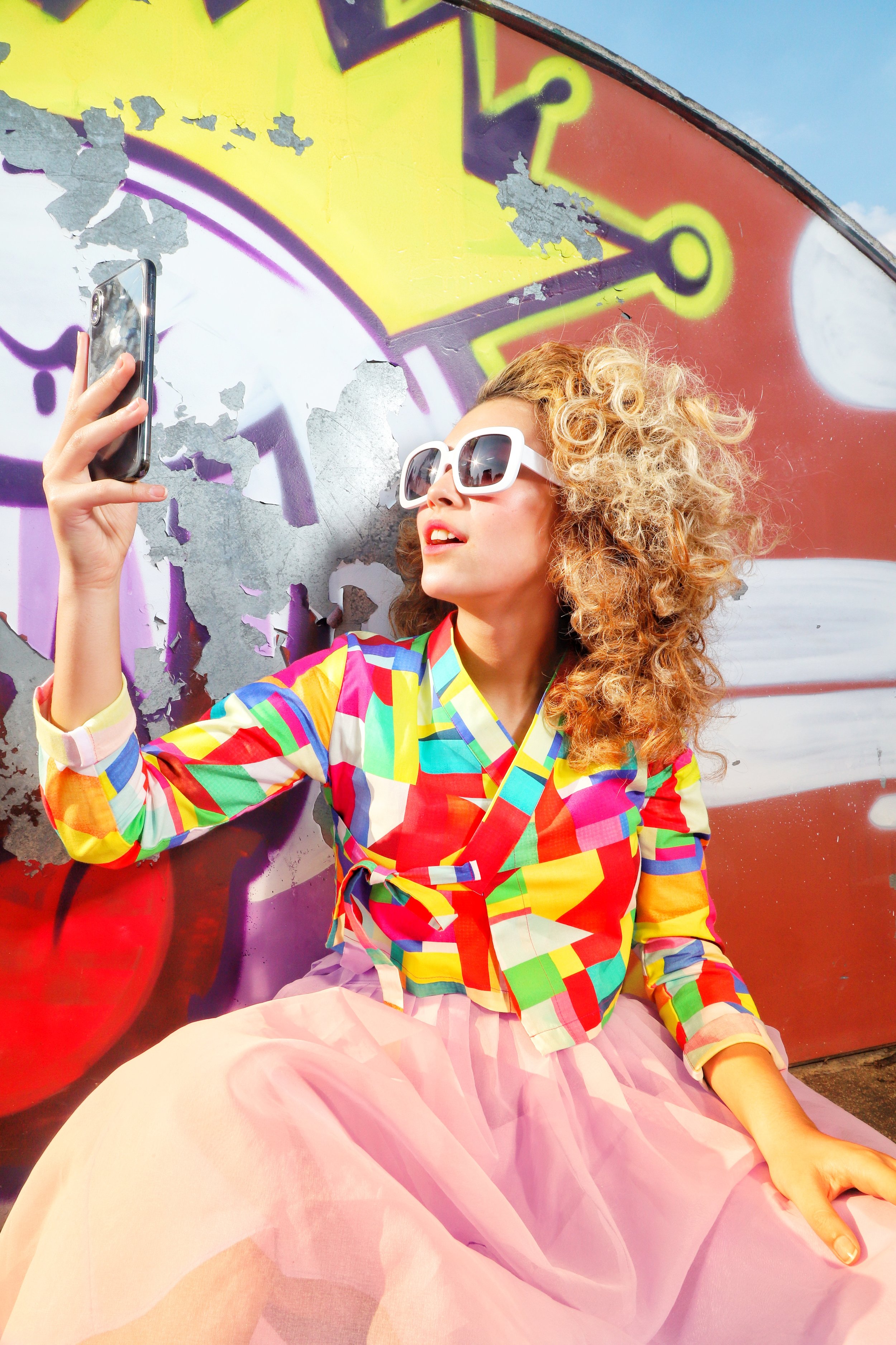
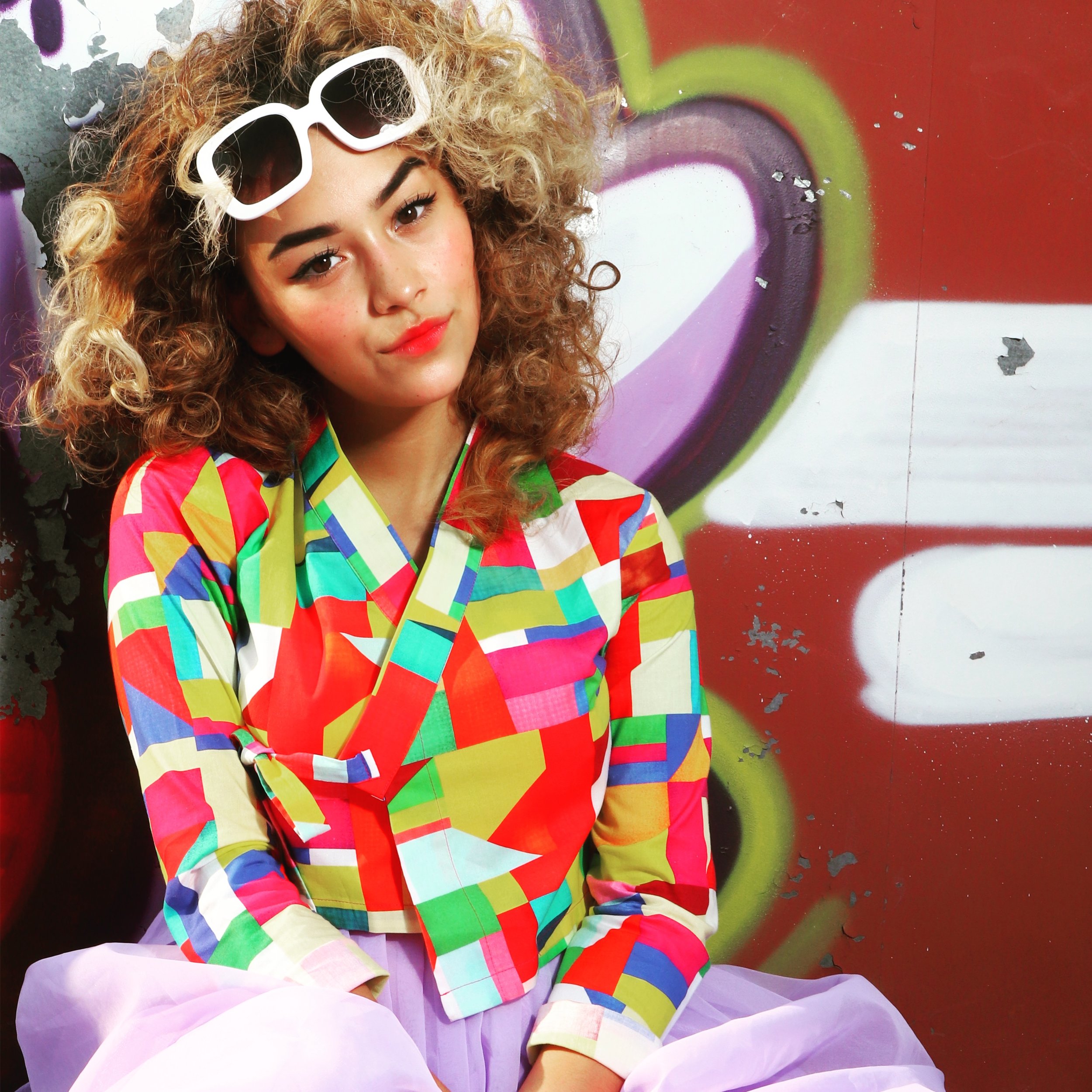
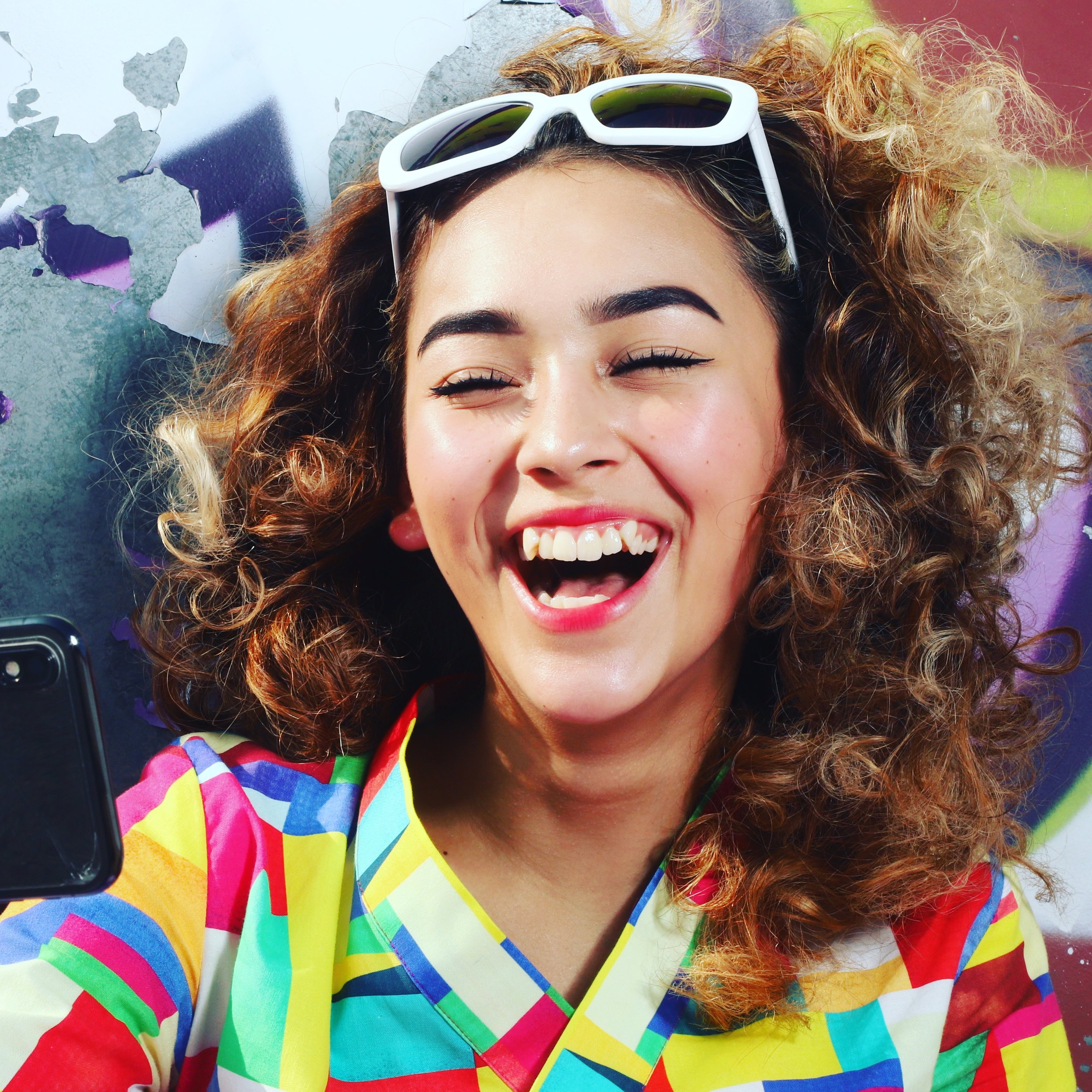
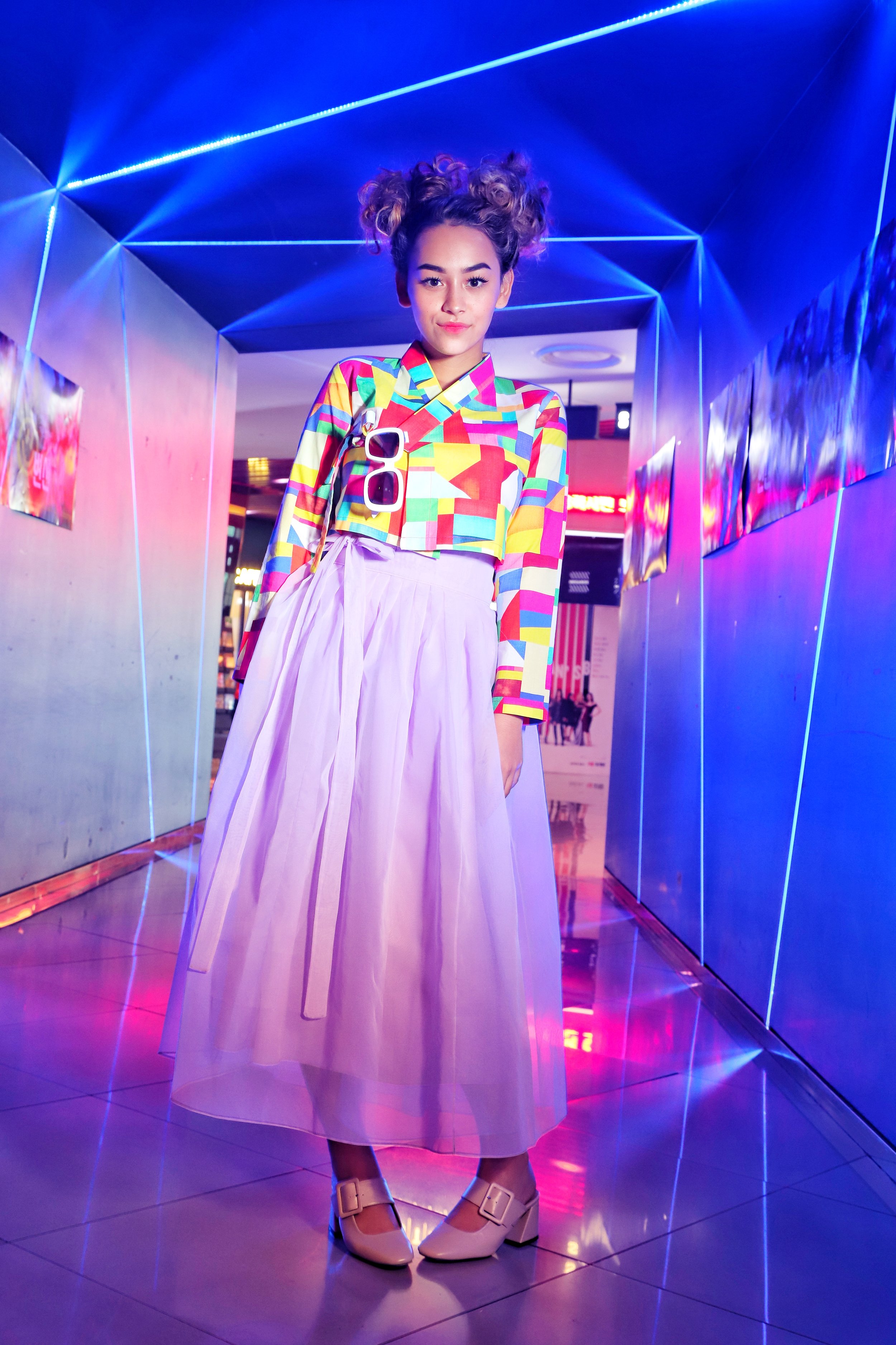
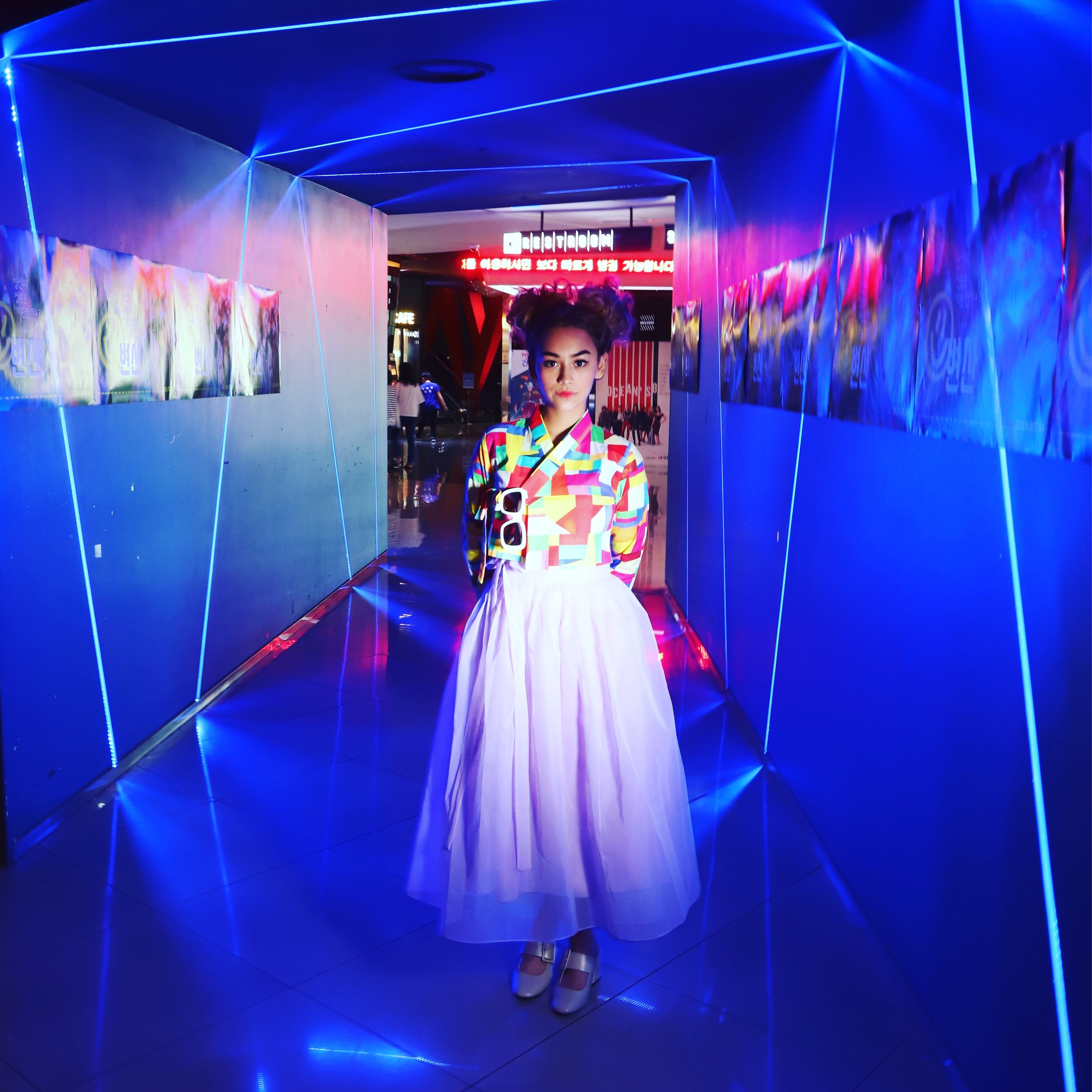
Given that most industry comp cards (especially for models) tend to be quite conservative in showing both 1) the model's range of possible and desired looks and 2) defining the model's personality in often less than 8 pictures, pushing the boundaries of the range and personality dimensions might seem a risky proposition to the uninspired and a tough thing to pull off for the talent-challenged. So often, getting just the right amount of range and personality into the shoots to generate just the right looks to meld into the finished card is really difficult and expensive because it requires truly creative-yet-acceptable, new takes on standard categories and beats that must be covered in the genre.
This is why:
an amateur/inexperience/untalented model can be hard to shoot into a comp card. It's obviously harder to wrestle poor content into a compelling final product. This is what makes the photographer/content producer really have to earn their fees.
taking real, existing talent is easy with the right people and processes. often, the problem is in identifying that one has already got this talent as part of the process. In the case of Zyon here, knowing that we did have the talent in abundance made it easier to try riskier shots and harder-to-execute concepts than would be possible with an awkward beginner or a reserved, risk-averse model who wants picture magic with concepts that require personality magic that isn't there.
Not being realistic about this leads to poor results and dissatisfied clients.
The finished comp card, with a few switchouts and replacements 20==>12.

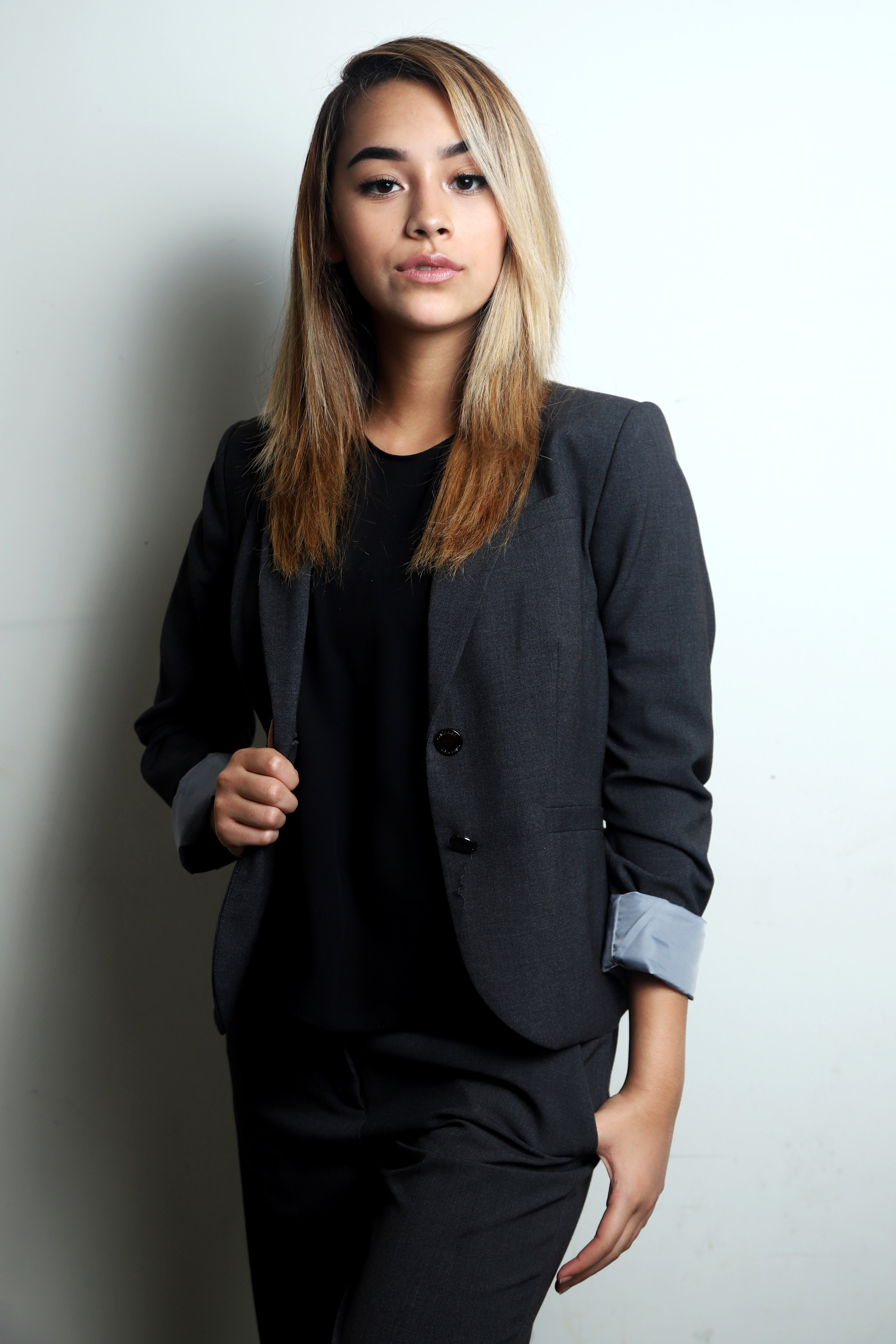

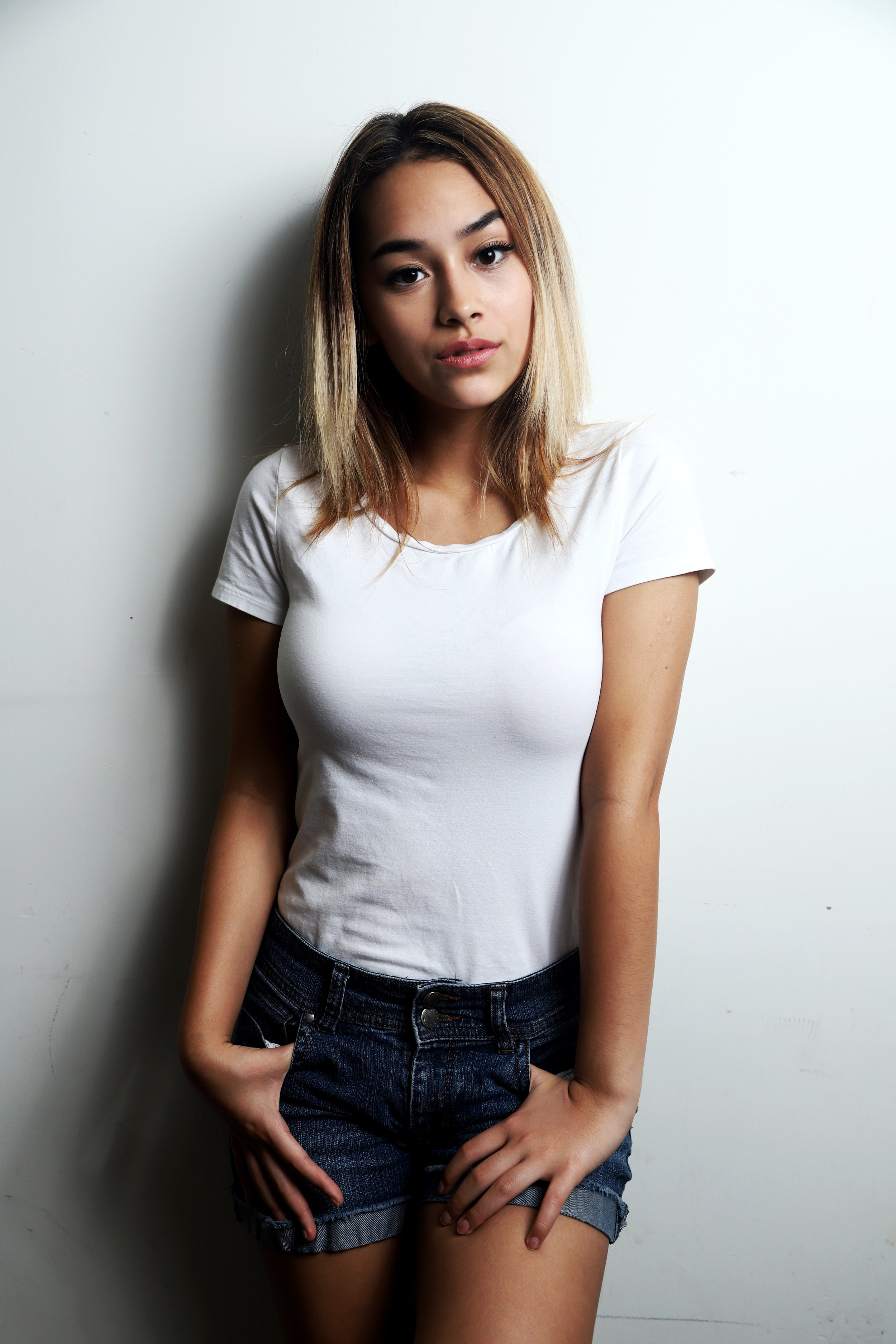

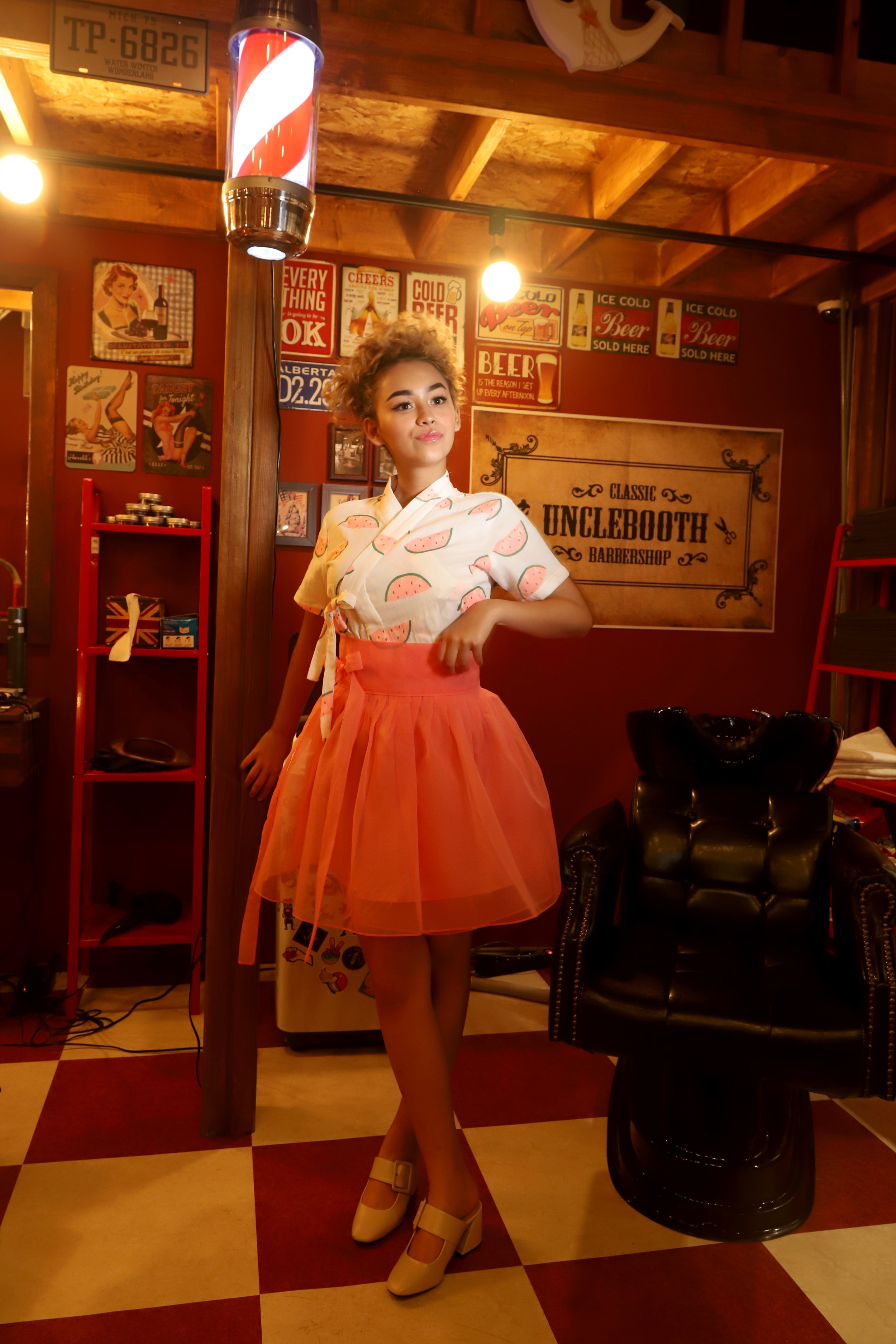
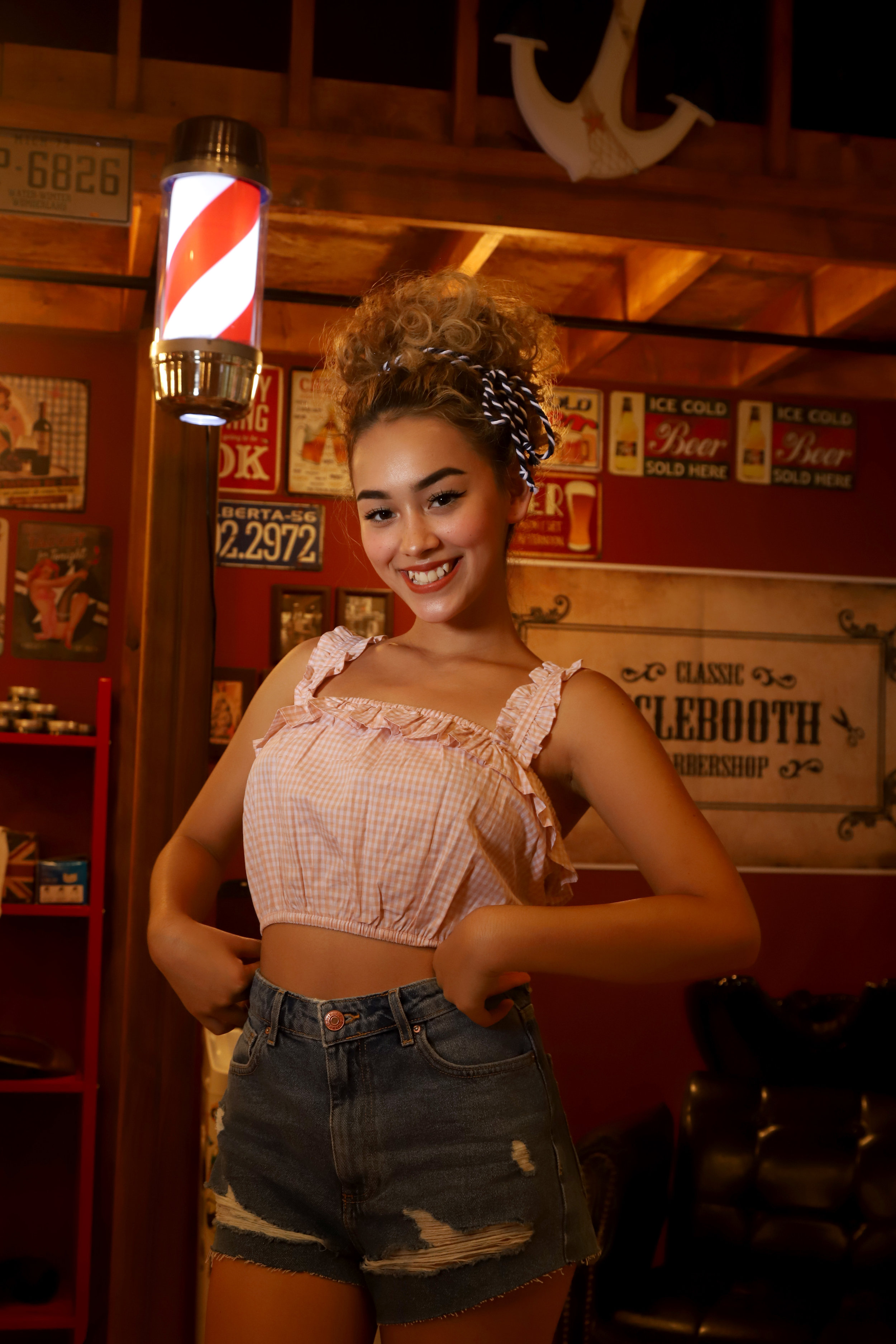

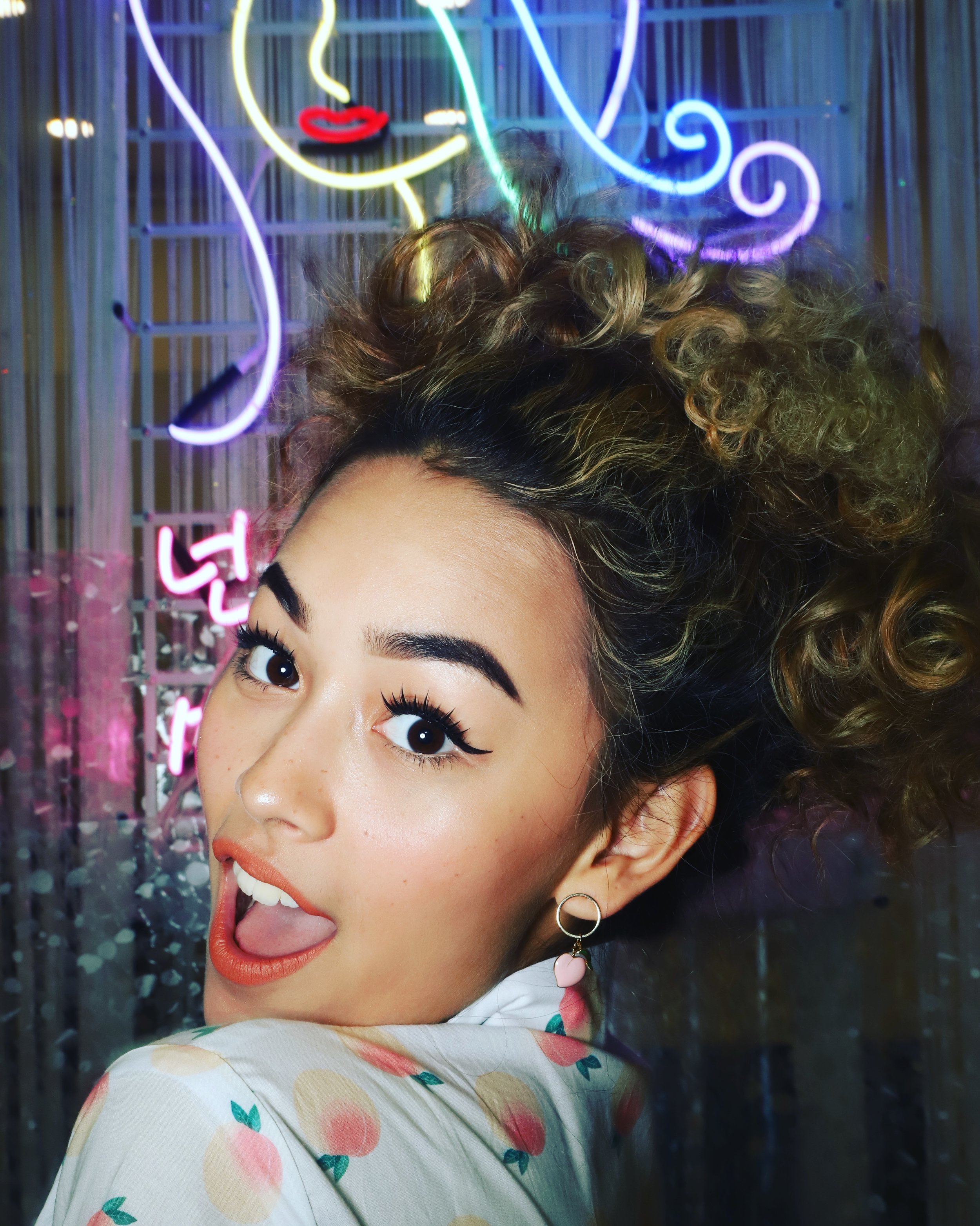
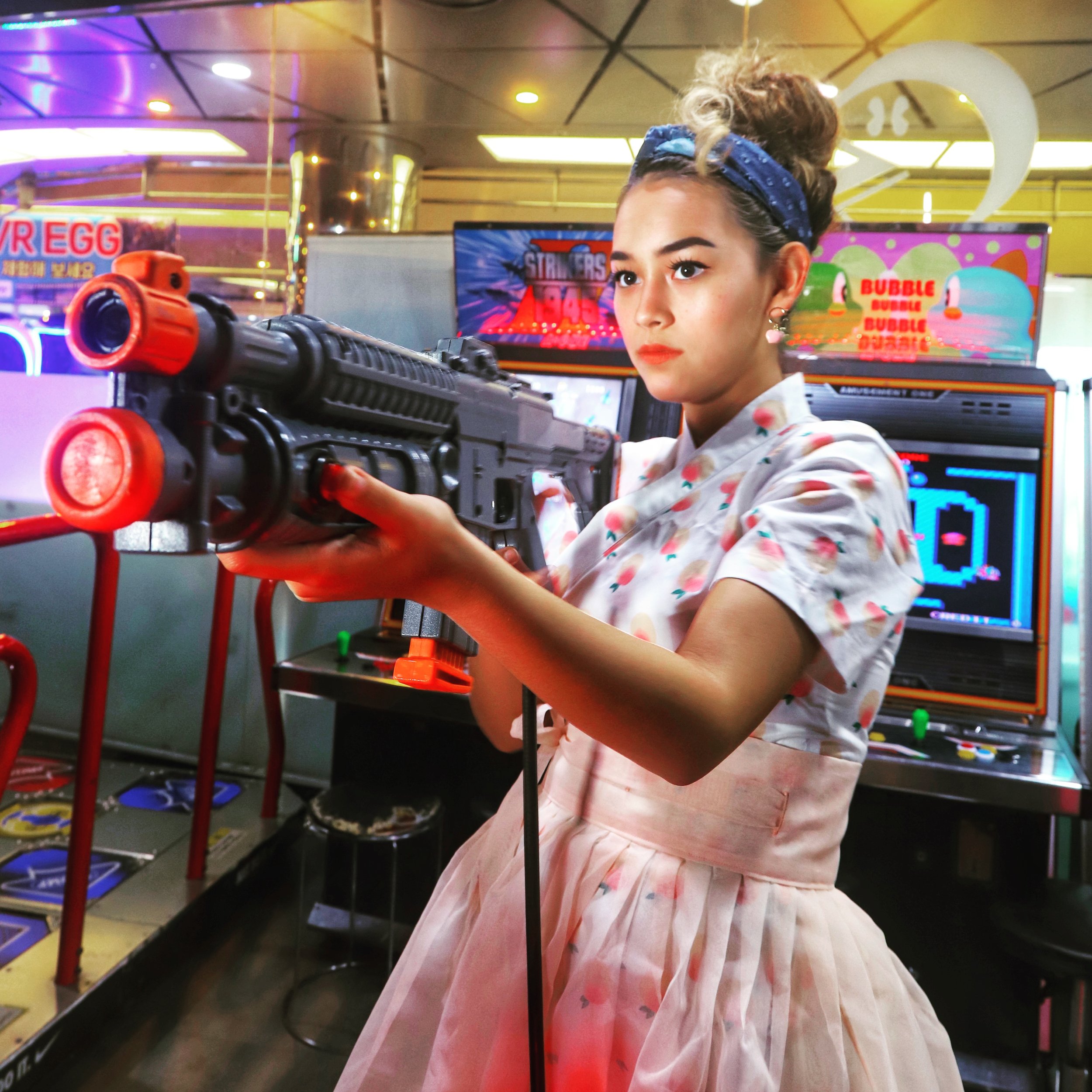

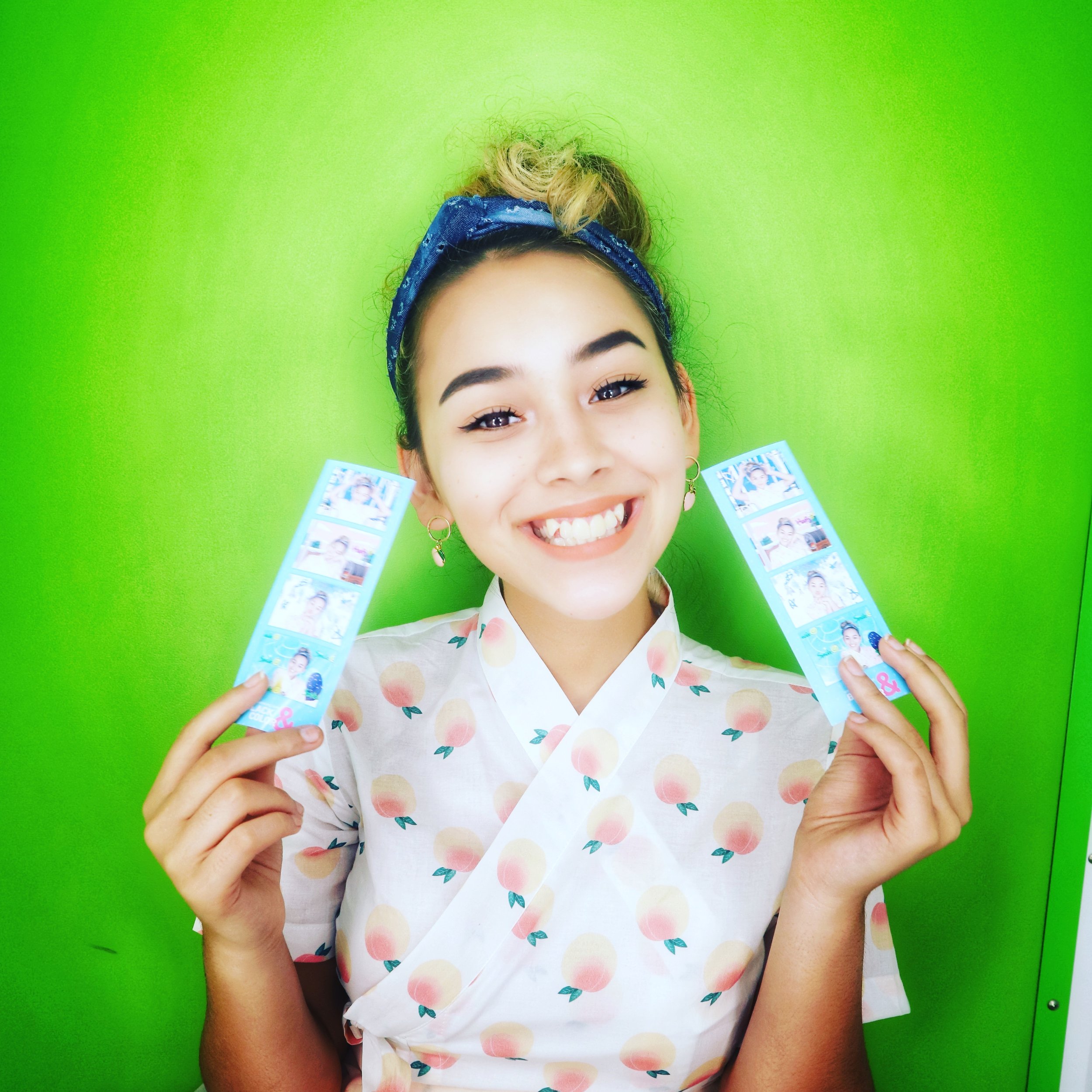
In the end, we were able to assess our clients’ needs, determine the creative parameters and workflow, then execute a highly specialized still photography shoot and final edit with no outsourcing extra costs incurred due to lack of in-house experience. In this case, smaller is better and infinitely more nimble. Size and experience matter.


